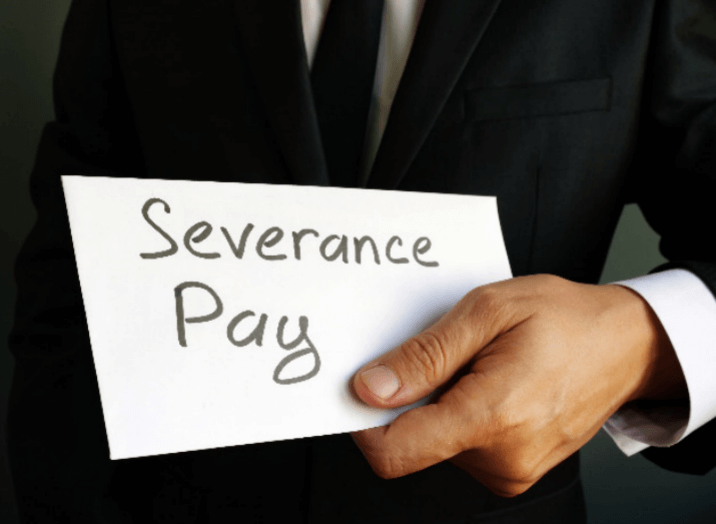How to analyze an acquisition announcement?
When one company acquires another, the deal can be a huge success or a tragedy. For investors to figure it out, it is important to read the relevant news and then determine how to act accordingly.

Calculate Cash Needs
Some companies have sufficient cash flow to support their future operations and competitiveness. But some are not so lucky, and they need to issue new shares or debt financing, or apply for loans from banks. Investors should know what company management thinks about this pending or ongoing acquisition. Is the company's cash sufficient to support the company's future needs, such as development funds, increased employee expenses, or office space expansion expenses? If the acquired company is a public company, check out its latest quarterly and annual reports. If the company is losing money, determine its burn rate. This can help you determine if and when the company needs additional financial support.
If you're sure the company needs a certain cash injection, try to figure out how the money will be provided. If the acquiring company has enough cash to buy the company and support the company's capital needs, then the acquisition is fine; but what if the company needs to dilute its shares to complete the acquisition? In examining an acquisition, we need to consider all these issues in order to better determine its actual financial impact on the company.
Assess Debt Burden
In corporate mergers and acquisitions, the worst-case scenario is when the acquired company has a huge amount of debt coming due. This is a big hurdle for company acquisitions, especially at the trough of an economic cycle. However, in some cases, large amounts of debt can also be an opportunity for the sponsor of the merger. For example, between late 1990s and early 2000s, some high-profile casinos saved corporate shareholders a large amount of money by scouting out new actors and refinancing past bonds issued at higher coupon rates.

A higher debt burden should get investors' attention. Unless the acquirer has deep pockets or fairly high-value collateral with a low risk of default, which means they can refinance the debt at a lower rate, you’d better not consider participating in the deal.
Liability/Litigation Risk
If the two companies have entered or are about to enter an acquisition agreement, after knowing the names of the two companies, investors should immediately check out the Letter of Authorization of the acquiree, the "Management's Discussion and Analysis" section of the annual report, and any of its content that involves the company's operating risks and disclosures. So investors will know whether the acquirer will be saddled with a heavy debt load. Next, investors should figure out whether the acquiree is involved in any legal disputes to ensure that the company's debts are guaranteed by a third party.

Basically all public companies are sued occasionally, but most lawsuits do not have a material impact on the company. But if the company has a lot of pending lawsuits, and the company management's description of the company's situation is vague, then consider another investment.
Details Of the Integration
When the acquisition is completed, the company naturally does not need two chairmen or two sets of financial systems and may also need to cut some redundant equipment. Therefore, investors need to know how long it will take the company to complete the integration and what it will cost. The process of merging the two companies entails some additional costs, especially if two sales teams need to be integrated. If integration costs are prohibitively high, or if company management suggests that the two companies will not be able to generate revenue for one to two years after the merger, it is also recommended to let go.
Figure Out the Severance Pay
In addition to eliminating redundant equipment, layoffs are also common in acquisitions. The company needs to pay compensation to those who have been laid off, and the company's salary expenses will also increase significantly due to the addition of a large number of new employees. That's why mergers and acquisitions are uncommon in unionized industries, where severance pay for thousands of unionized workers can be very expensive. If a company you're interested in announces a merger or acquisition, find out roughly how much the severance package will be and whether the company can make it back in a short period of time.

Summary
Mergers and acquisitions can bring great opportunities to investors, but it can also cause significant losses. It depends on how investors view the impact of this event on the company's stock price. If necessary, it is better to exit as soon as possible.
(Writer:Bodi)




